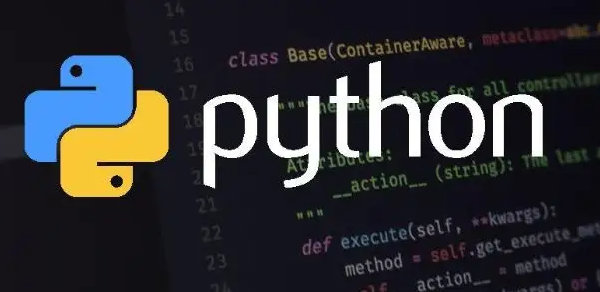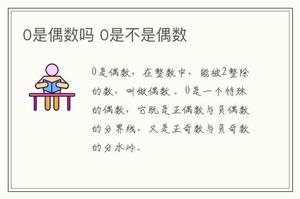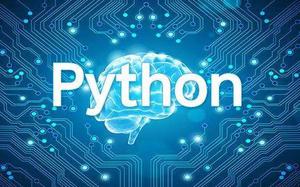可直接使用的8个数据清洗的代码

数据清洗,是进行数据分析和使用数据训练模型的必经之路,也是最耗费数据科学家/程序员精力的地方。
这些用于数据清洗的代码有两个优点:一是由函数编写而成,不用改参数就可以直接使用。二是非常简单,加上注释最长的也不过11行。
大家可以把这篇文章收藏起来,当做工具箱使用。
涵盖8大场景的数据清洗代码
这些数据清洗代码,一共涵盖8个场景,分别是:
删除多列、更改数据类型、将分类变量转换为数字变量、检查缺失数据、删除列中的字符串、删除列中的空格、用字符串连接两列(带条件)、转换时间戳(从字符串到日期时间格式)
删除多列
在进行数据分析时,并非所有的列都有用,用df.drop可以方便地删除你指定的列。
def drop_multiple_col(col_names_list, df):"""AIM -> Drop multiple columns based on their column names
INPUT -> List of column names, df
OUTPUT -> updated df with dropped columns
------
"""df.drop(col_names_list, axis
=1, inplace=True)return df
转换数据类型
当数据集变大时,需要转换数据类型来节省内存。
def change_dtypes(col_int, col_float, df):"""AIM -> Changing dtypes to save memory
INPUT -> List of column names (int, float), df
OUTPUT -> updated df with smaller memory
------
"""df[col_int]
= df[col_int].astype("int32")df[col_float]
= df[col_float].astype("float32")
将分类变量转换为数值变量
一些机器学习模型要求变量采用数值格式。这需要先将分类变量转换为数值变量。同时,你也可以保留分类变量,以便进行数据可视化。
def convert_cat2num(df):# Convert categorical variable to numerical variablenum_encode = {"col_1" : {"YES":1, "NO":0},
"col_2" : {"WON":1, "LOSE":0, "DRAW":0}}
df.replace(num_encode, inplace=True)
检查缺失数据
如果你要检查每列缺失数据的数量,使用下列代码是最快的方法。可以让你更好地了解哪些列缺失的数据更多,从而确定怎么进行下一步的数据清洗和分析操作。
def check_missing_data(df):# check for any missing data in the df (display in descending order)return df.isnull().sum().sort_values(ascending=False)
删除列中的字符串
有时候,会有新的字符或者其他奇怪的符号出现在字符串列中,这可以使用df[‘col_1’].replace很简单地把它们处理掉。
def remove_col_str(df):# remove a portion of string in a dataframe column - col_1df["col_1"].replace("", "", regex=True, inplace=True)
# remove all the characters after (including ) for column - col_1
df["col_1"].replace(" .*", "", regex=True, inplace=True)
删除列中的空格
数据混乱的时候,什么情况都有可能发生。字符串开头经常会有一些空格。在删除列中字符串开头的空格时,下面的代码非常有用。
def remove_col_white_space(df):# remove white space at the beginning of stringdf[col] = df[col].str.lstrip()
用字符串连接两列(带条件)
当你想要有条件地用字符串将两列连接在一起时,这段代码很有帮助。比如,你可以在第一列结尾处设定某些字母,然后用它们与第二列连接在一起。
根据需要,结尾处的字母也可以在连接完成后删除。
def concat_col_str_condition(df):# concat 2 columns with strings if the last 3 letters of the first column are "pil"mask = df["col_1"].str.endswith("pil", na=False)
col_new = df[mask]["col_1"] + df[mask]["col_2"]
col_new.replace("pil", "", regex=True, inplace=True) # replace the "pil" with emtpy space
转换时间戳(从字符串到日期时间格式)
在处理时间序列数据时,我们很可能会遇到字符串格式的时间戳列。
这意味着要将字符串格式转换为日期时间格式(或者其他根据我们的需求指定的格式) ,以便对数据进行有意义的分析。
def convert_str_datetime(df):"""AIM -> Convert datetime(String) to datetime(format we want)
INPUT -> df
OUTPUT -> updated df with new datetime format
------
"""df.insert(loc
=2, column="timestamp", value=pd.to_datetime(df.transdate, format="%Y-%m-%d %H:%M:%S.%f"))
本文的文字及图片来源于网络,仅供学习、交流使用,不具有任何商业用途,版权归原作者所有,如有问题请及时联系我们以作处理。
以上文章来源于公众号 QbitAI,作者Kin Lim Lee
以上是 可直接使用的8个数据清洗的代码 的全部内容, 来源链接: utcz.com/z/530742.html









